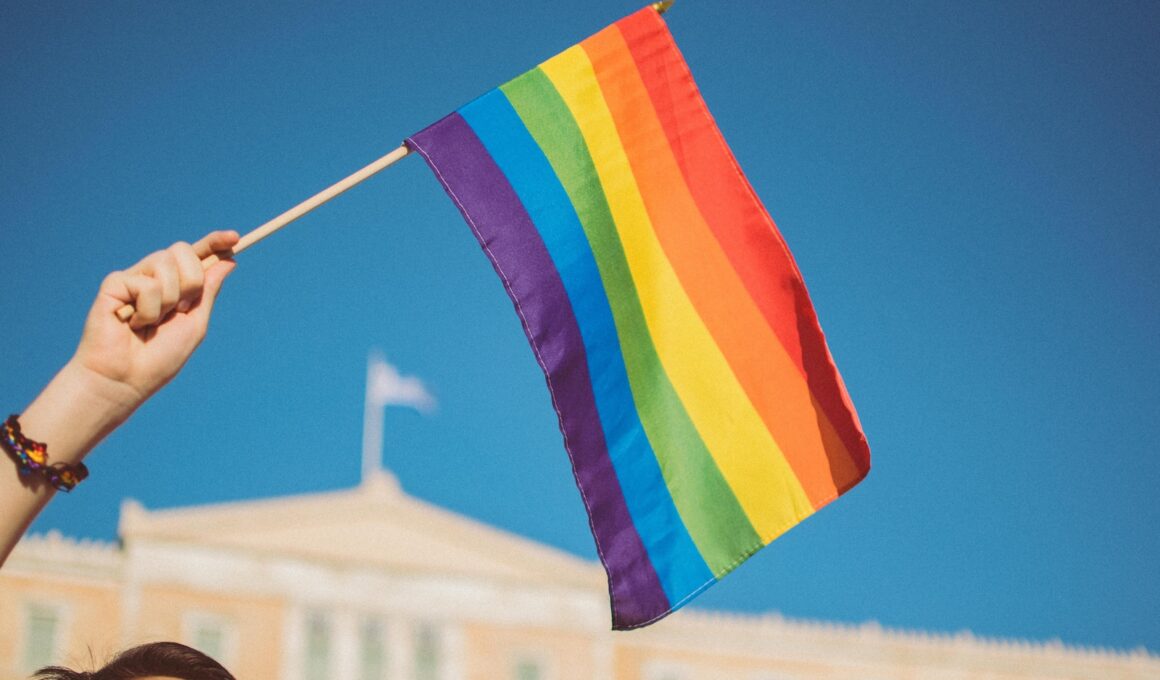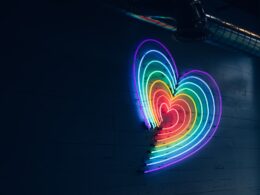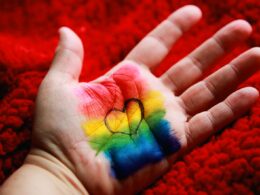LGB adults face higher risks than their straight counterparts for many behaviors and conditions, including tobacco use, excessive alcohol use, suicide, depression and intimate partner violence. In New Mexico, these factors are associated with cardiovascular disease, the leading cause of death among adults.
Mortality data by sexual orientation would improve understanding of potential disparities in these causes.
Physical Attraction
A person’s physical attractiveness is one of the first factors that attracts us to others. We see things in other people that are pleasing to our eyes, such as a good posture or a smile, and we want to be close to these traits. The theory of physical attraction explains that the human brain is wired to notice the faces of other people and find them appealing. In addition, a study by Dion et al in 1972 found that pictures of multiple faces are viewed more attractive than single images. The reason that multiple faces are viewed as more attractive is because our brains average the different facial characteristics.
Gay and lesbian relationships often begin with physical attraction, as do many heterosexual relationships. Some people know that they are attracted to members of their own sex at an early age, while others don’t realize it until adulthood. Regardless of when you become aware of your sexual orientation, it is normal to feel attracted to people of the same gender.
The LGBTQIA Resource Center explains that the term homosexual refers to men and women who are emotionally, romantically and physically attracted to the same sex. Women who identify as lesbian are primarily attracted to other women, while some nonbinary people use the word homosexual to describe themselves. It is not a mental illness, and psychotherapy does not “cure” homosexuality.
Emotional Attraction
Emotional attraction is when you feel a strong connection to someone based on their personality, not just their physical appearance. This type of attraction is often a sign that you have a good connection with someone and can trust them to be there for you. They are genuinely interested in you and value your opinion. They listen intently and always want to hear more from you. It’s easy to lose track of time when talking to them, and they make you laugh.
This type of attraction doesn’t have to be sexual and can occur in platonic relationships. However, it’s more commonly found in romantic relationships. It’s a deeper form of intimacy that leads to long-term relationships.
A person’s sexual orientation differs from their emotional attraction. Sexual orientation is when you are attracted to people of the same or opposite sex. Sexual orientation can be categorized as heterosexual, homosexual or bisexual. It can also be asexual, where a person experiences no or very little sexual attraction.
Gay means you are attracted to someone of the same gender in a romantic, erotic and emotional sense. It can also be characterized as bisexual, where a person feels attracted to men and women in the same way. Asexual is where a person has no or very little sexual or romantic attraction.
Social Attraction
People may experience social or romantic attraction to people of different sexes, but this doesn’t necessarily mean they are gay or lesbian. Sexual orientation is determined by the person’s internalized preferences and how they relate to others in romantic or social situations, according to LGBTQIA+ resources. A person’s orientation can change over time, and this is normal.
Some people are asexual or non-reactive to their feelings, while others experience a range of emotions and experiences that can be confusing and difficult to sort through. For example, it’s common for teenagers to have sexual thoughts about people of the same sex or opposite sex. This doesn’t mean the teen is gay or straight, but it does show that they are exploring their emerging sexual feelings.
Similarly, bisexuality refers to having a sexual orientation that is attracted to people of all genders. A person who identifies as bisexual may feel more romantic or social attraction to women than men. Others, however, may identify as omnisexual and have an all-encompassing or pansexual orientation that includes both romantic and sexual attraction to people of different genders.
The terms queer and transgender refer to a person’s gender identity, which is distinct from sexual orientation. Queer is an umbrella term that describes people who have a non-normative gender identity or sexual orientation, while transgender means a person has a physical body of one gender but feels like they are the opposite gender.
Sexual Attraction
A person’s sexual orientation defines whom they feel romantic or sexual attraction toward. Sexual orientation differs from sexual behavior, which describes how a person acts on those feelings. A person can be gay, lesbian or heterosexual, but that doesn’t mean they will experience a sexual relationship with the same people or the same way. Sexual orientation can change over time, and a person may find that they are attracted to different genders or types of relationships.
Someone who is asexual or ambisexual experiences romantic and sexual attraction but doesn’t feel the need to act on those feelings. Asexuals often describe a desire to explore their own sexuality without the need for other people, which can be satisfied through self-stimulation or masturbation. Some asexuals choose to label themselves as gay or straight, while others reject the idea of labels at all.
Those who are bisexual or queer have sexual, romantic or emotional attraction to people of multiple genders. A bisexual person is attracted to men and women equally, while a queer person has interest in people of both the same and opposite genders. A spectral person is attracted to people of all genders and identities, including transgender, gender fluid and androgynous.
Medical News Today uses definitions of sexual, romantic and gender identity from LGBTQIA+ and ally sources. The letters in the acronym LBGTQIA+ stand for lesbian, gay, bisexual, transgender, queer or questioning, intersex and asexual, but there are many other identities that don’t fit neatly into these categories.





